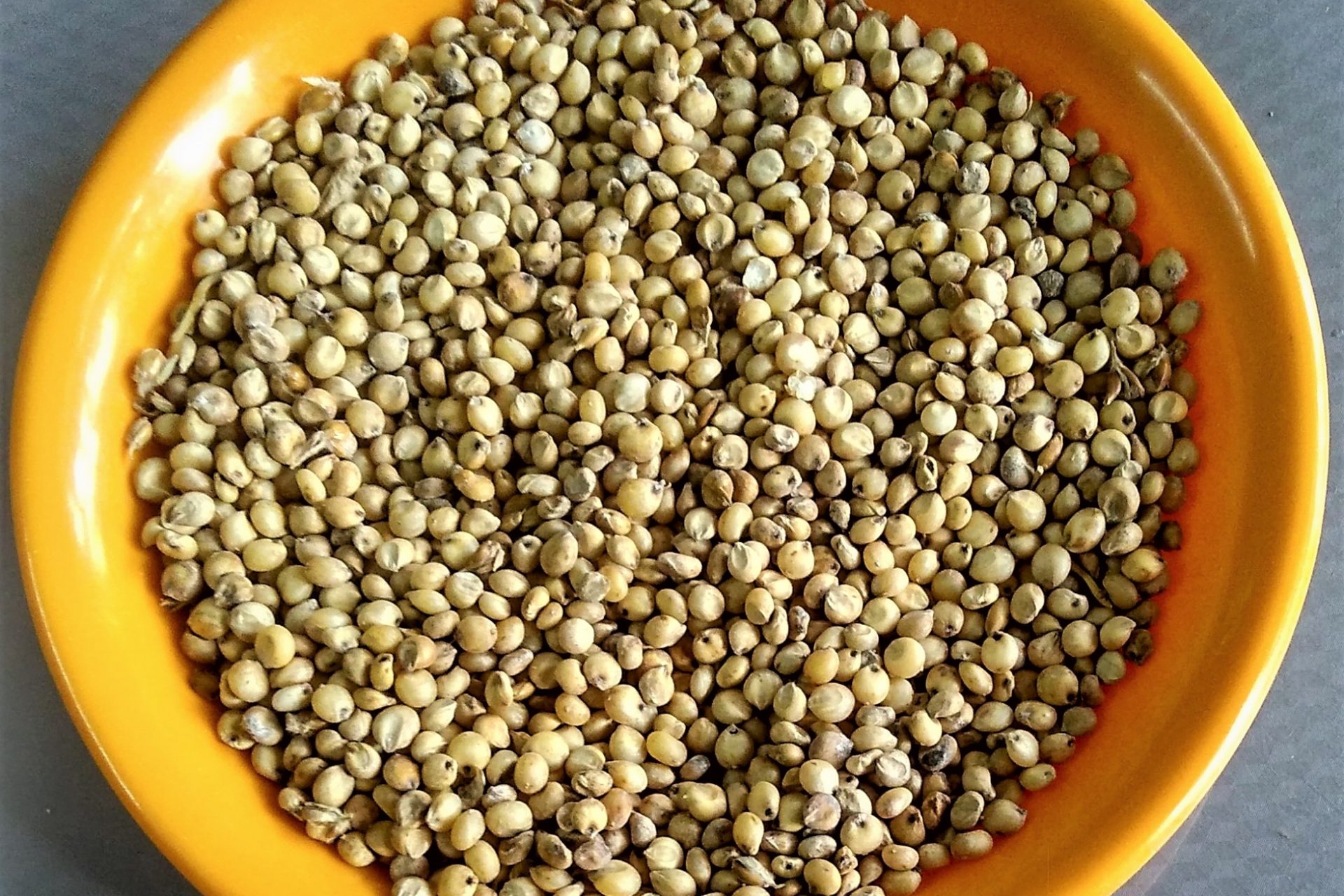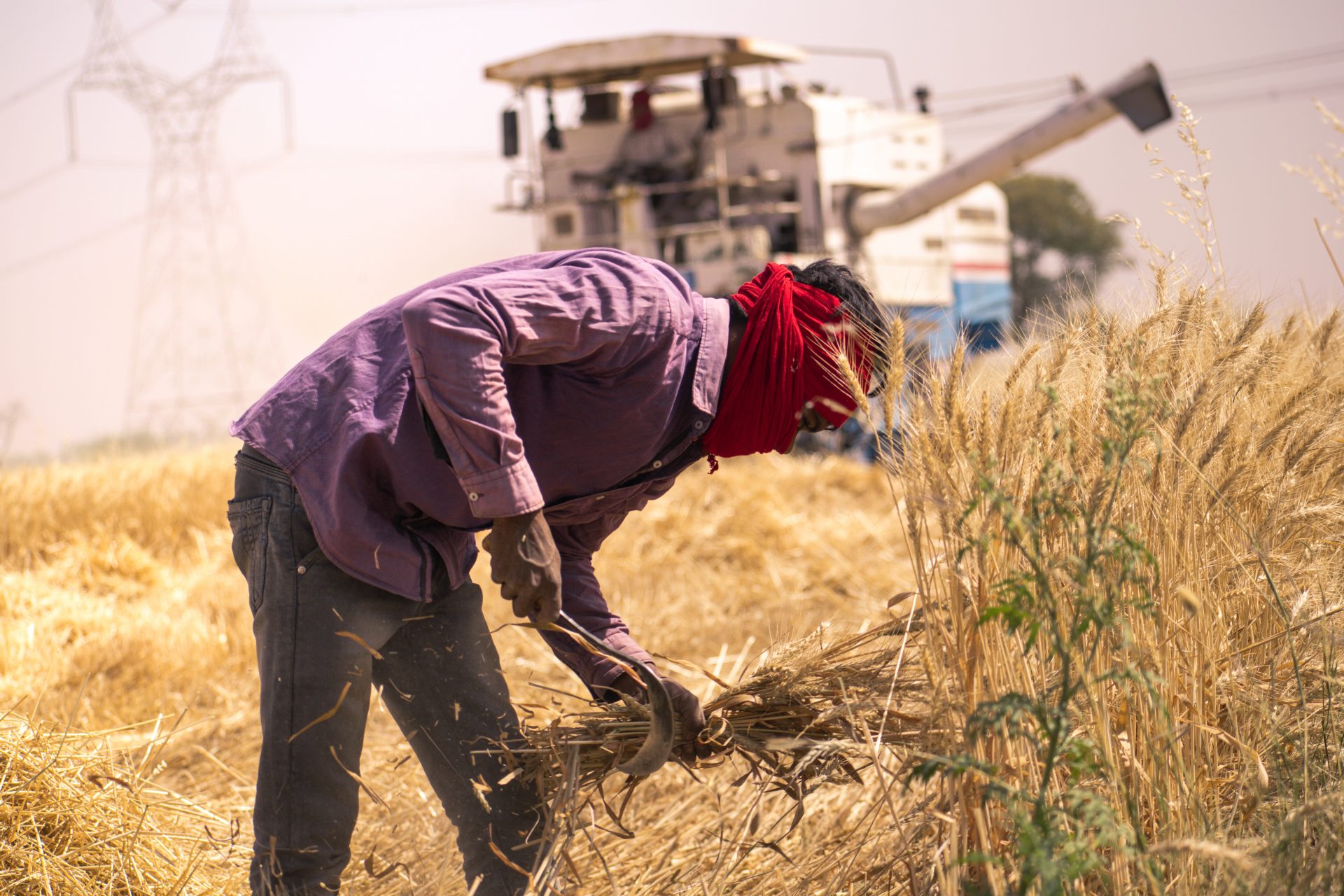Sorghum might be the key to avoiding a future food scarcity crisis
Humanity will face many challenges as the world gets warmer but one of the least discussed aspects of climate change has been how the increased global temperatures will affect crop yields.
Rising sea levels and more dangerous weather are two major problems the world will need to address before the end of the current century but they are not nearly as worrying as the often-forgotten issue of food scarcity.
The World Bank estimates that 80% of the global population’s food supply will be at risk of hunger and crop failures from climate change, a situation we’ve already started seeing happening as recently as 2019 when drought crippled the East Pacific.
Carbon dioxide in the air and rising temperatures can be beneficial for crops up to a certain point but higher temperatures can also work to accelerate evaporation from soil and plant life, which can make growing food in water-restricted areas a lot more difficult.
“Above a certain point of warming,” the World Bank wrote on its website, “and particularly above an increase of 2 degrees Celsius in average global temperatures—it becomes increasingly more difficult to adapt and increasingly more expensive.”
“In countries where temperatures are already extremely high, such as the Sahel belt of Africa or South Asia, rising temperatures could have a more immediate effect on crops such as wheat that are less heat tolerant,” the World Bank added.
Luckily, there may be an easy solution to the world’s growing food scarcity problem and it comes in the form of a staple crop that’s been grown in Southeast Asia since humans started growing food instead of hunting for it, and it's called sorghum.
Sorghum is a cereal grain not unlike wheat or rice and it’s the fifth most-produced crop worldwide according to Healthline. It’s rich in natural nutrients, very low in fat, and can taste similar to wheat berries when it's cooked right. But it's more than just tasty food.
Photo Credit: Wiki Commons By Salil Kumar Mukherjee - Own Work, CC BY-SA 4.0
A 2023 study investigating the climate resilience of cereal crops in India found sorghum could be a far more sustainable option for the subcontinent than wheat as it faces a big population boom coupled with the growing problems India will face from climate change.
India has experienced a 42% increase in wheat production since the early 2000s but the changing temperature of the region will make growing wheat in the subcontinent almost impossible because of the crop's sensitivity to heat and its intense water requirements.
Researchers discovered wheat requires 1.4 times more water for its cultivation than sorghum and that was mainly due to the extension of the crops growing season into summer. The study also found that wheat’s higher yields reduced its total water footprint by 15%
However, wheat’s sensitivity to future climate change projections means the crop's yields will only get worse as the Indian subcontinent gets hotter, and by 2040 the researchers predicted wheat would lose a total of 5% of its yield while needing 12% more water.
The production of what is not sustainable according to the researchers, and it's a worrying finding since India is also the second largest producer of wheat in the world.
According to the study’s authors wheat also happens to be one of the world’s most important staple crops, and this is where sorghum can help since it performs far better in warmer climates than wheat and other cereal crops currently being grown in areas that are getting warmer.
Photo by Anurag Gautam on Unsplash
Researchers found that sorghum production in India would only require a 4% increase in its water footprint by 2040, meaning the water-strapped subcontinent and the world might fare much better if farmers switched from producing wheat to growing sorghum.
“On balance, sorghum provides a climate-resilient alternative to wheat for expansion in” the Indian continent's spring growing season according to the study’s authors, who also noted crop yields would need to be increased to make them competitive for farmers.
The researchers also wrote that sorghum was “a nutritious, temperature-resilient and less water-demanding alternative to wheat if yields can be improved,” something they wrote could be done with better “management and adaptation strategies.”
Ashwini Chharte is a co-author of the study and Executive Director of the Bharti Institute of Public Policy at the Indian School of Business and he explained that sorghum could be a global game-changer in a world riven by climate change.
“Our research highlights the urgent need for climate-smart agriculture innovations,” Chharte said according to the Times of India.
“The traditionally grown Sorghum and Jowar [will emerge] as a game-changer, offering resilience to projected climate changes and requiring significantly less water," Chharte added.
More for you
Top Stories

































